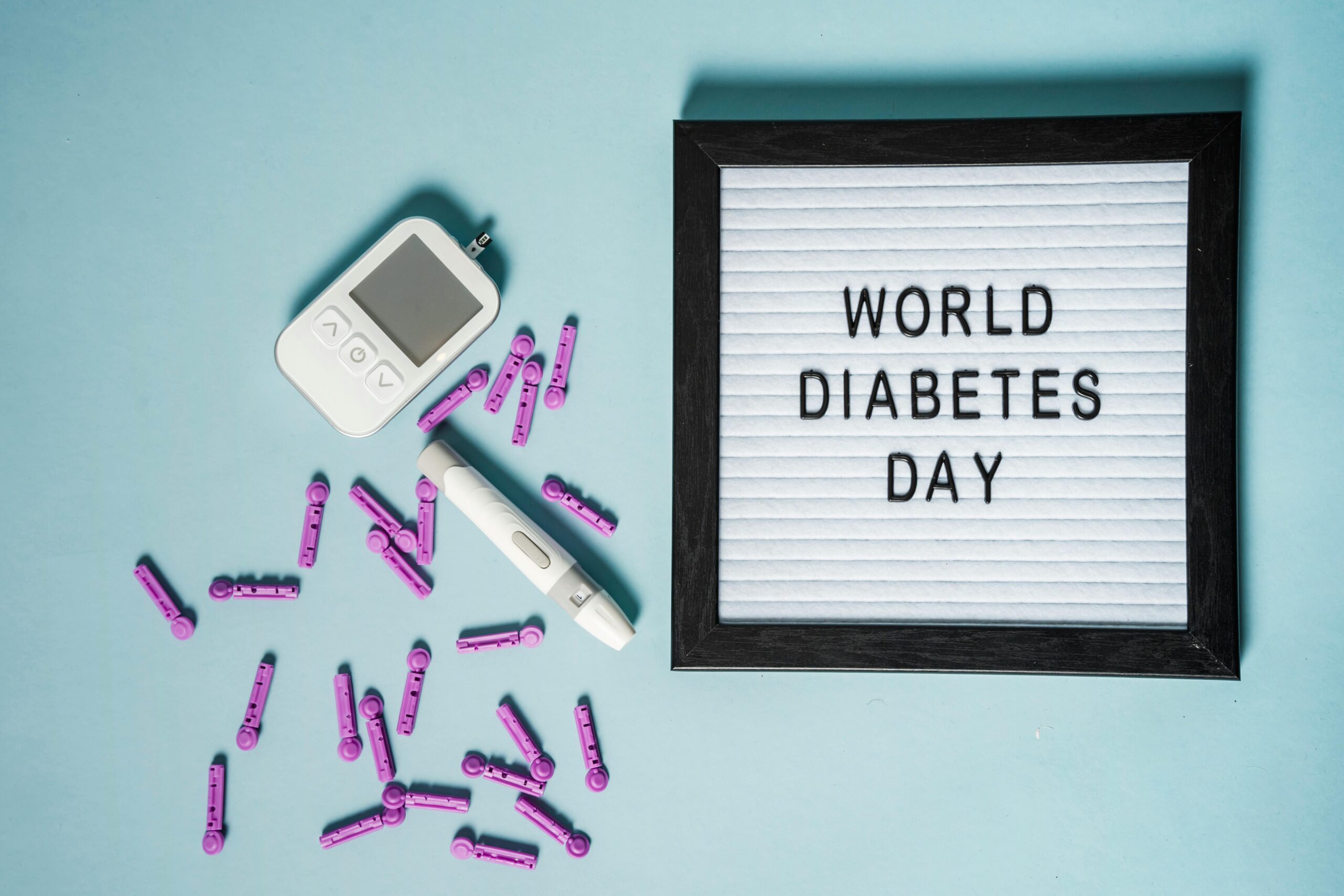Pollution and environmental claims are a growing threat for contractors of all sizes. Whether you work in excavation, plumbing, roofing, or demolition, one mistake can lead to costly cleanup, remediation, and legal liability.
From surface water contamination to asbestos exposure or mold from poor HVAC installation, pollution incidents can devastate a small or mid-sized construction firm. The problem? Most standard general liability policies exclude pollution-related claims (Insurance Information Institute, 2023).
The problem? Most standard general liability policies exclude pollution-related claims
(Insurance Information Institute, 2023)
That’s why contractors must evaluate their exposure and make sure they have the right insurance coverage in place.
Common Pollution Risks for Contractors
Even contractors who don’t handle hazardous materials directly can face pollution claims. For example, a road crew could block a sewer line, causing sewage backups into nearby homes — an incident likely excluded from general liability coverage.
Some of the most common pollution exposures include:
- Storage tank leaks – Excavation may disturb underground fuel/waste tanks.
- Struck natural gas lines – Digging accidents can lead to explosions or evacuations.
- Transport spills – Spilled fuel, concrete, or chemicals during transit.
- Machinery leaks – Fuel or oil seeping into soil and waterways.
- Asphalt/tack coat runoff – Washed into storm drains during rainstorms.
- Asbestos exposure – Demolition of older buildings without proper abatement.
- Dust pollution – Silica or mineral dust harming workers and neighbors.
- Construction runoff – Paint, cement, or fuel contaminating nearby ecosystems.
- Mold outbreaks – From faulty plumbing, roofing, or waterproofing.
- Legionella contamination – Water system installations leading to bacterial growth.
Why General Liability Isn’t Enough
If your project causes environmental damage or illness, standard general liability won’t cover cleanup or most legal costs.
Instead, contractors should secure Contractors Environmental Liability Insurance, which can cover:
- Third-party injury or property damage
- Pollution cleanup costs
- Legal defense and settlements
- Both sudden and gradual pollution events
Steps Contractors Should Take
- Identify your risks — Know if your work involves asbestos, mold, PFAS, or chemical handling.
- Get the right insurance — Add contractors’ pollution liability coverage, not just general liability.
- Train your team — Certifications for hazardous material handling are crucial.
- Follow safe practices — Proper disposal and securing of materials.
- Protect with contracts — Require subcontractors to carry environmental (pollution) liability insurance.
How Neighborhood Insurance Agency Can Help?
At Neighborhood Insurance Agency in Santa Ana, California, we’ve been protecting contractors since 1990. We work with trusted carriers such as Appalachian Underwriters and JE Brown & Associates to provide affordable environmental (pollution) liability coverage that helps safeguard your business from costly pollution-related claims. Whether you’re a general contractor, landscaper, or specialty trade professional, our team can help you customize coverage that meets your specific needs. Discover why contractors throughout Southern California trust us for reliable, long-term protection.
Santa Ana, CA 92705
Reference
Insurance Information Institute. (2023). Environmental liability insurance. Retrieved from https://www.iii.org/article/environmental-liability-insurance

Business Insurance for Santa Ana Freelancers & Consultants

Health and Hustle: Diabetes Awareness for Santa Ana Workplaces

What’s in a Business Owner’s Policy for Santa Ana Businesses?

Do Business Owners in Santa Ana Need Umbrella Insurance?


